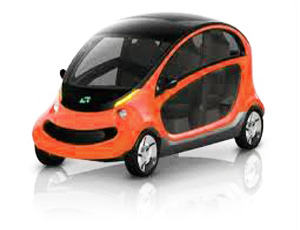
Golden State regulators have approved far-reaching production principles requiring one in seven new cars sold in the state in 2025 be an electric or other zero-emission vehicle.
Only the marketplace can precisely choose winners and losers. The government, having no competition, typically picks losers.
Yet the fake science at the back it is used to deform the economy and misallocate capital in the direction of green energy and green products that cannot vie on their own qualities. Their use must be coerced, foremost to manufacturing and financial stagnation.
Last Friday's result by the California Air Resources Board combines the worst of both worlds. The rule adopted generally by CARB mandates a 75% decrease in smog-forming pollutants by 2025 and a 50% decrease in conservatory gas emissions.
To attain this goal, the new state policy mandates that a combine of 1.4 million zero-emission and plug-in cross vehicles be on the road by 2025, almost triple the numeral being driven today. Problem is, this increases the price of these vehicles and limits customer choices to those they don't desire to make.
"This is an important innovative episode in California history for the spotless car," CARB Chairwoman Mary Nichols said after the vote. "Although there may be some bumps in the road for individual vehicles, the stable drumbeat that is driving us to get off fuel continues."
The Chevy Volt, Government Motors' touted electric vehicle, has reported scanty sales to the point dealers are refusing or hurtful rear on deliveries. That the Volt is heavily subsidized both in its growth and sales hasn't helped shift the car that's prone to battery fires in crash tests.